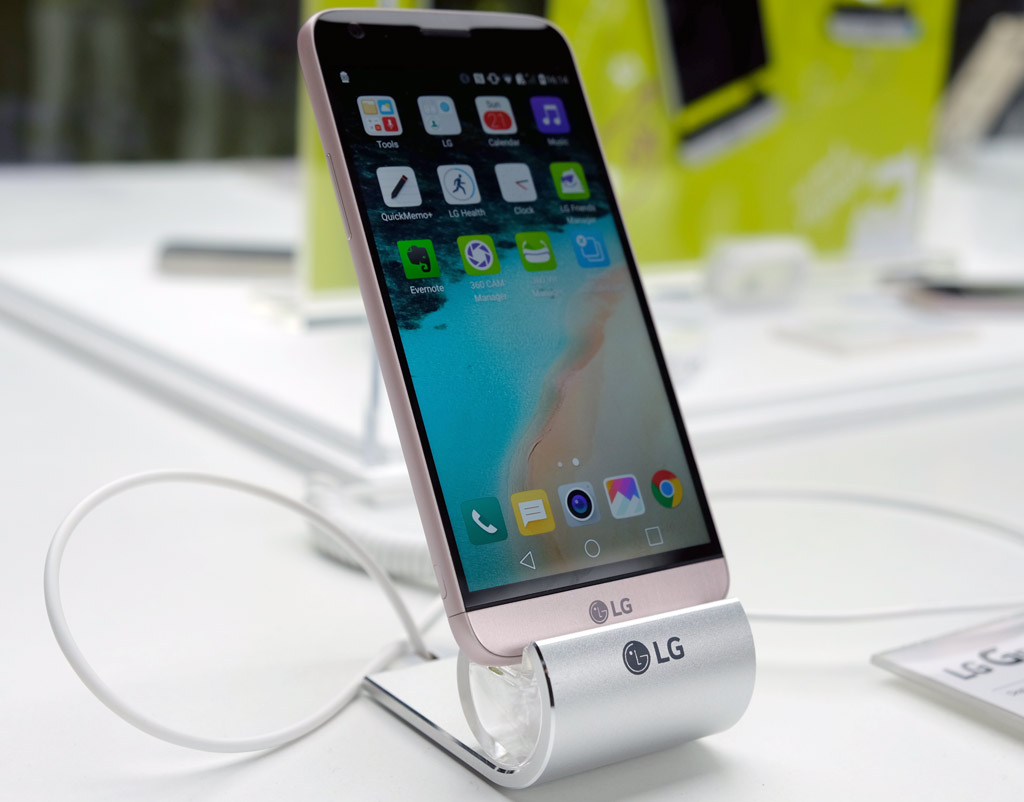
| Display: 5.3-inch 2560 x 1440 Quad HD IPS display with 554 pixels per inchOS: Android 6.0 Marshmallow
Processor: Snapdragon 820 64-bit processor Memory: 4GB RAM, 32GB (microSD card slot expandable up to 2TB) Camera: 16-megapixel standard rear camera with optical image stabilization, 8-megapixel wide-angle camera, 8-megapixel front-facing Video: Up to 4K Ultra HD video recording Battery: 2800mAh (removable) Connections: LTE, Wi-Fi, Bluetooth 4.1, A-GPS, NFC, Fast Charging, USB-C Modularity: Removable bottom for adding other compatible accessories Dimensions: 5.88 x 2.91 x 0.77 inches Weight: 159 grams Comes in silver, gold, pink and titan |
LG turned a few heads at Mobile World Congress (MWC) 2016 in Barcelona when it unveiled the G5, the company’s latest flagship smartphone that not only is made of metal, but also features a modular design that allows it to work with unique plug-in accessories. A dual lens setup in the rear includes a very wide angle lens and a fingerprint reader on the power button in the back.
Last year, with the G4, LG still went the plastic route, but also offered a unique design cue for the back panel by bringing in leather, making the device feel different than others on the market. The leather isn’t coming back, and evidently, neither is the plastic. The G5 has a full metal body—a first for the company—and in another first for a metal phone, has a removable battery that slides out from the bottom.
Before delving into the removable stuff, some details on the rest. The phone has a USB-C charging port at the bottom, signaling LG’s move away from microUSB. The power button remains on the back, and now doubles as a fingerprint reader. The volume buttons have been moved to the left side. The microSD card slot for memory expansion is back, supporting up to 2TB cards.
The back is also conspicuous by the lack of antenna bands. Normally, metal phones have plastic strips to pass through signals from antennas. LG used a “special treatment” on it to enable that passthrough without having to use strips, thereby making it look cleaner and consistent.
Under the hood, the company hasn’t confirmed clock speed, but the Snapdragon 820 will be the chipset powering the device. The specs table to the side tells the rest of that story, but suffice it to say, not a great deal was changed in that respect.
The camera’s internals are essentially the same, including the wide f/1.8 aperture used last year. What has changed is the inclusion of a second 8-megapixel lens in the back that captures a scene at 135-degrees, making it the widest angle available on a smartphone. The regular 16-megapixel camera sticks to the standard 75-degrees, and the camera interface allows you to toggle between them with a simple tap. Filters will also be included, each of which is based on old film types from the past. There will be nine to start with, and more possibly to follow.
The design and modularity does mean there is no wireless charging, nor water-resistance with the G5. The screen is slightly smaller at 5.3-inches, and brighter, yet retains the same resolution as that of the G4. The Always-On feature keeps the time and other contextual info like weather lit up whenever the phone is asleep, a feature that LG claims uses only 0.8% of battery life per hour.
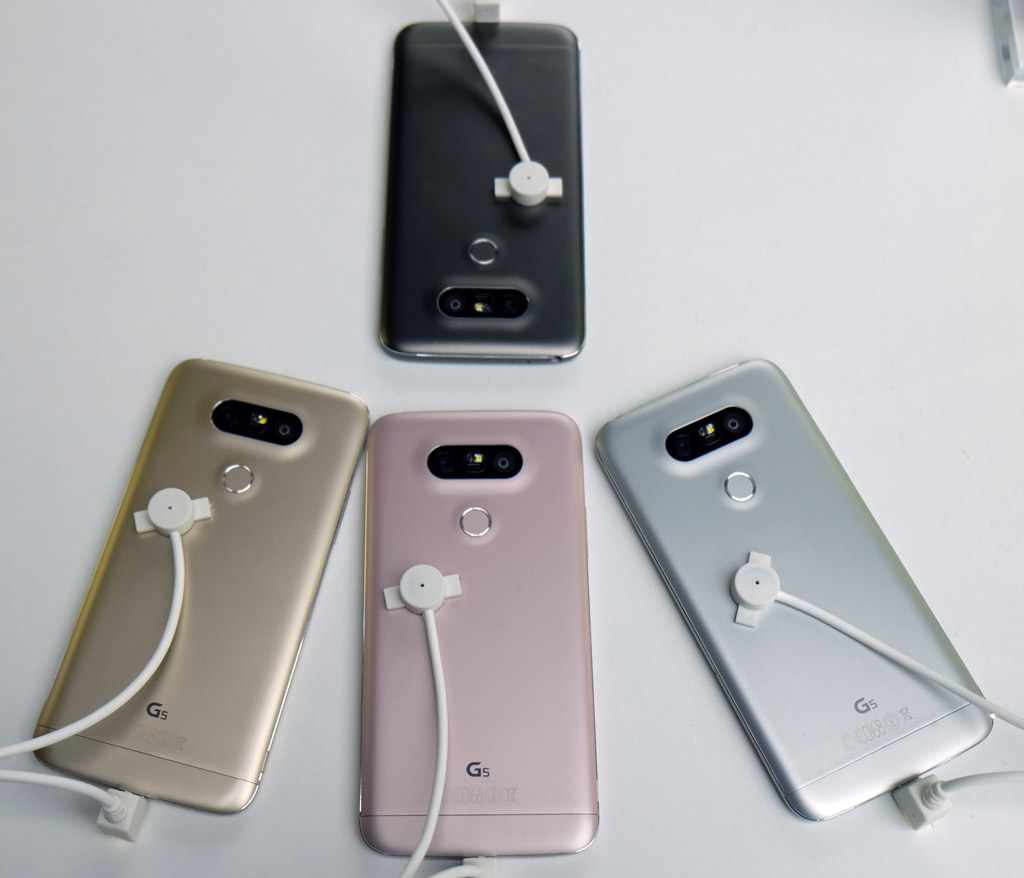
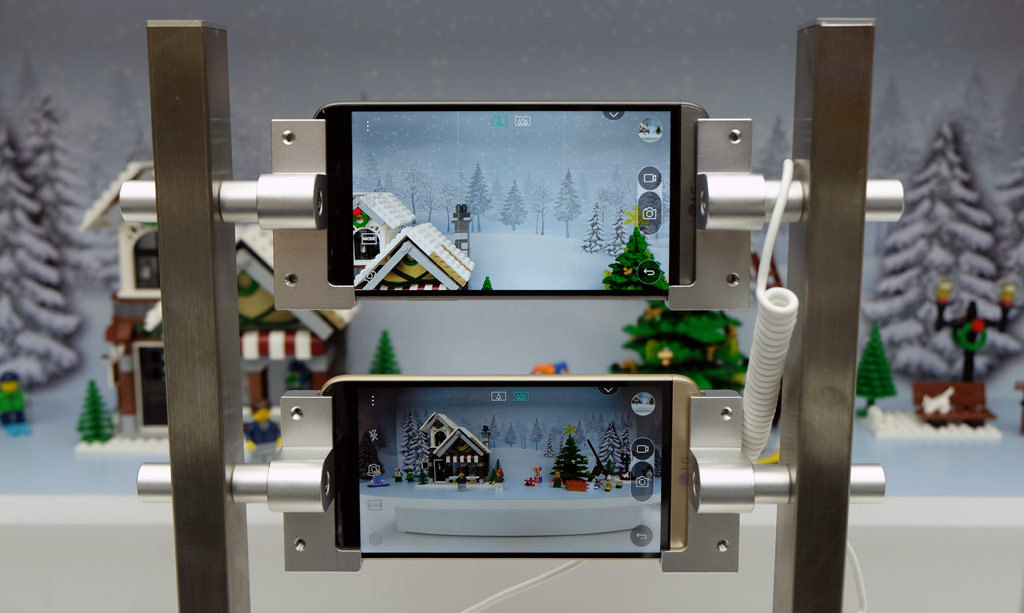
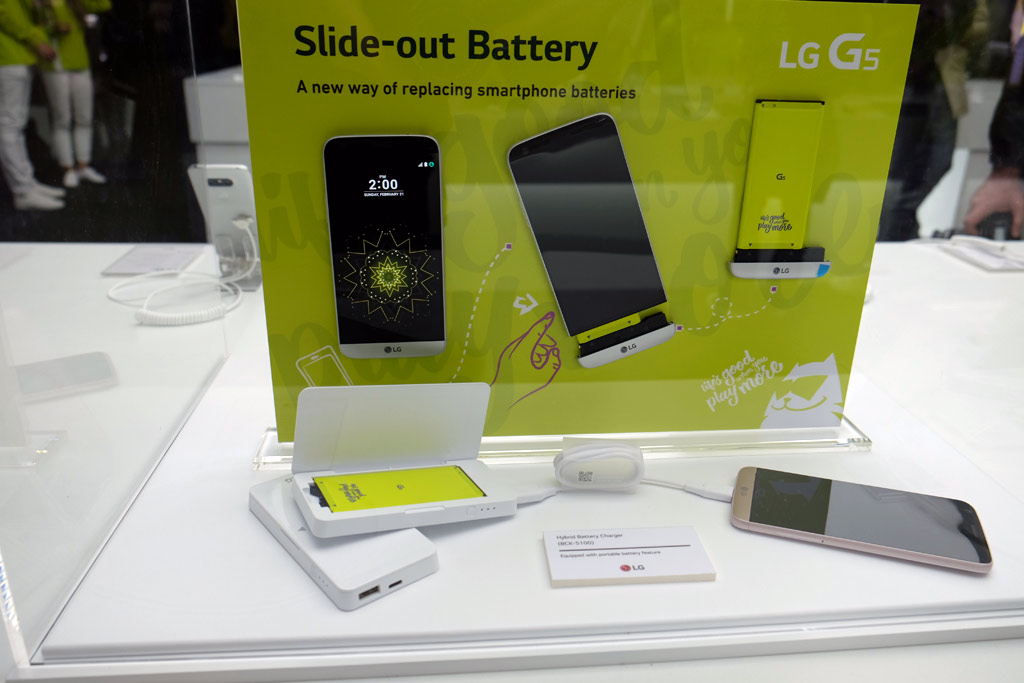
About the modularity, the basic premise is that the removable battery attaches to the piece at the bottom. A press of a small button on the bottom left springs it open ever so slightly. The piece than slides out with the battery in tow. The battery can then be removed and attached to a different piece that may alter or enhance something on the phone. The two examples shown at MWC were the LG HiFi Plus, co-developed with high-end audio brand Bang & Olufsen, and the LG Cam Plus, a camera grip that adds some analog control to shoot photos (including making it easier to shoot with one hand) and has a built-in 1200mAh battery to add to the G5’s own, adding up to 4000mAh total.
The HiFi Plus raises audio fidelity from the regular 24-bit inherent in the phone, to 32-bit high-resolution. Being a digital-to-analog converter (DAC), it also means that any music you play on it will be upscaled to better quality. The Cam Plus has a hard shutter button for still photos, a separate one for video capture and a dial for zooming in and out to switch from the regular lens to the wide-angle one.
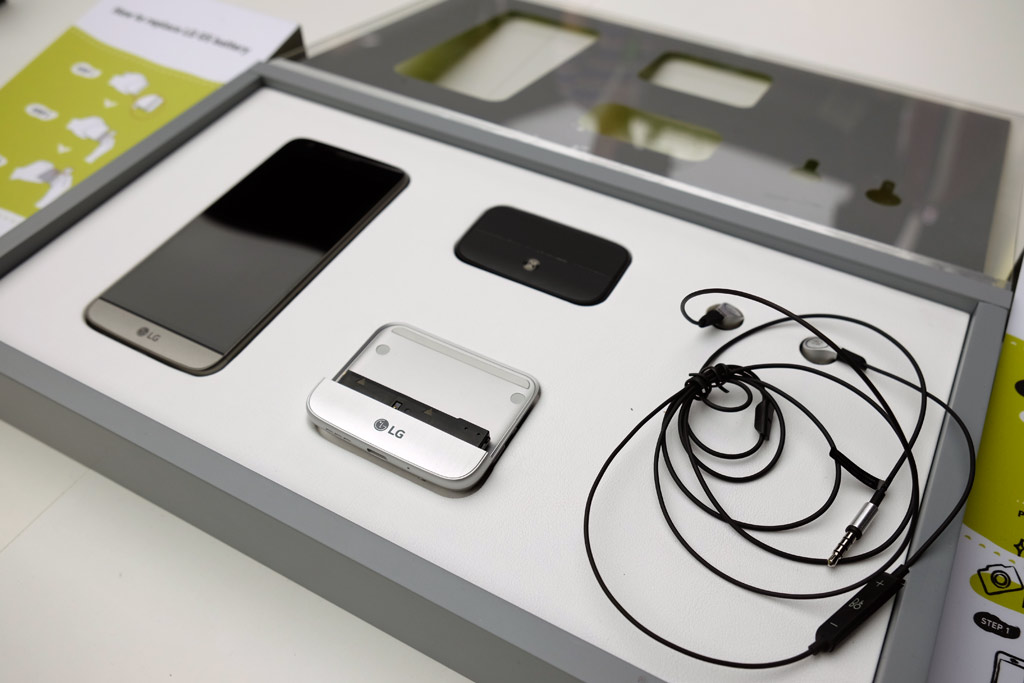
More of these types of add-ons are likely to come, but nothing has been confirmed. Pricing for them is also unknown. LG has indicated it will be coming to market with others, and will also open it up so that third-party vendors can create their own compatible add-ons, too.
On the software front, little was mentioned, but you can say goodbye to the native app drawer. LG has removed it in the G5 in favour of a page-by-page grid of apps and folders, similar to how the iPhone has always done it. Third-party app drawers like Nova Launcher can still be installed to act as a replacement, so don’t despair.
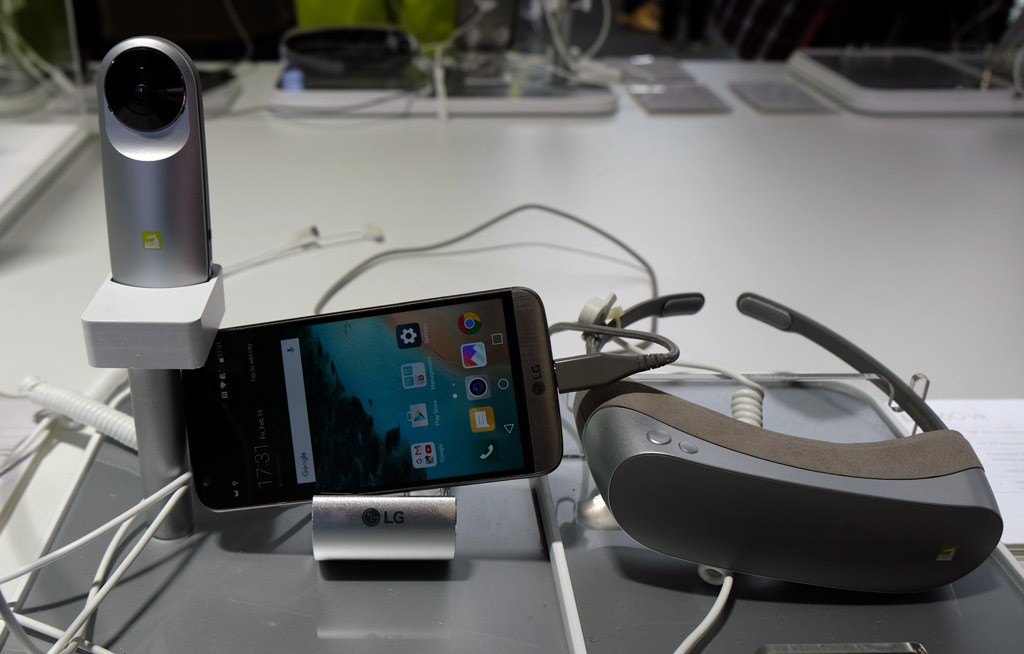
Then there’s Friends, which is really an ecosystem of devices that includes the LG 360 VR headset, LG 360 Cam 360-degree camera and even a robot called Rolling Bot. These will be designed to speak the same language with each other and the G5, making it easier to set them up and operate them. Friends is also an app that manages these connections. No launch dates were confirmed for any of them, but it’s safe to assume they won’t trail the G5 by too long.
An official release date for the G5 hasn’t been revealed yet, though an early April timeframe was teased at the show. The colours, or chromatic tones, shown included silver, gold, pink and titan (like gunmetal grey). Sometimes, not all colours are made available in Canada, and we will update this post if there are any specifics on that front.
You can check out the LG smartphones online at Best Buy



